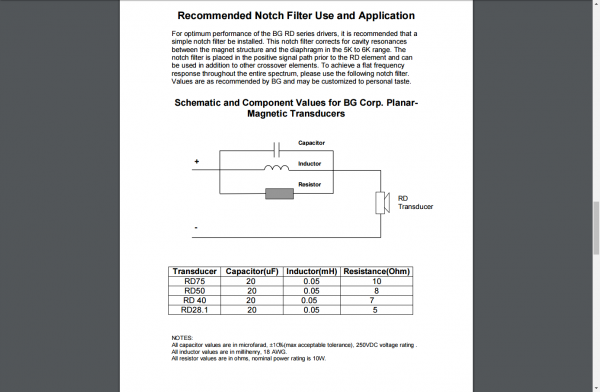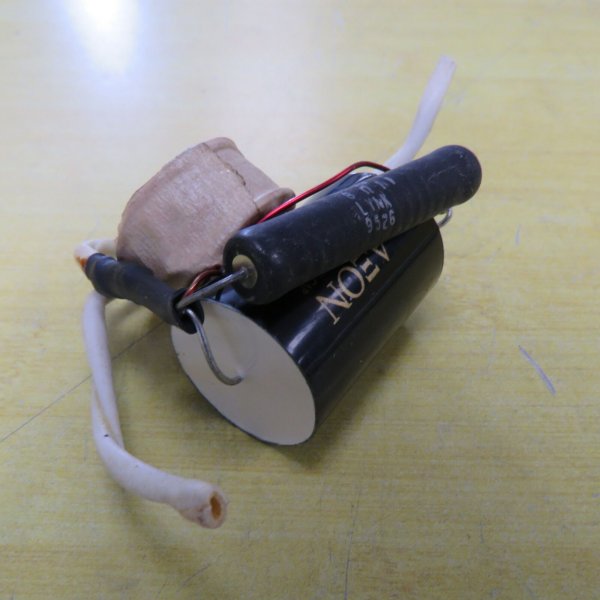When I think of the sound of "shimmer" I think of the sound of gently bushed cymbals.
But some members refer to the "shimmer" of metal ribbon drivers as an undesirable artifact of the natural operation of a metal ribbon driver.
What is "ribbon cavity resonance"?
I do not recall this issue ever coming up before.
Please explain . . .
But some members refer to the "shimmer" of metal ribbon drivers as an undesirable artifact of the natural operation of a metal ribbon driver.
What is "ribbon cavity resonance"?
I do not recall this issue ever coming up before.
Please explain . . .


















